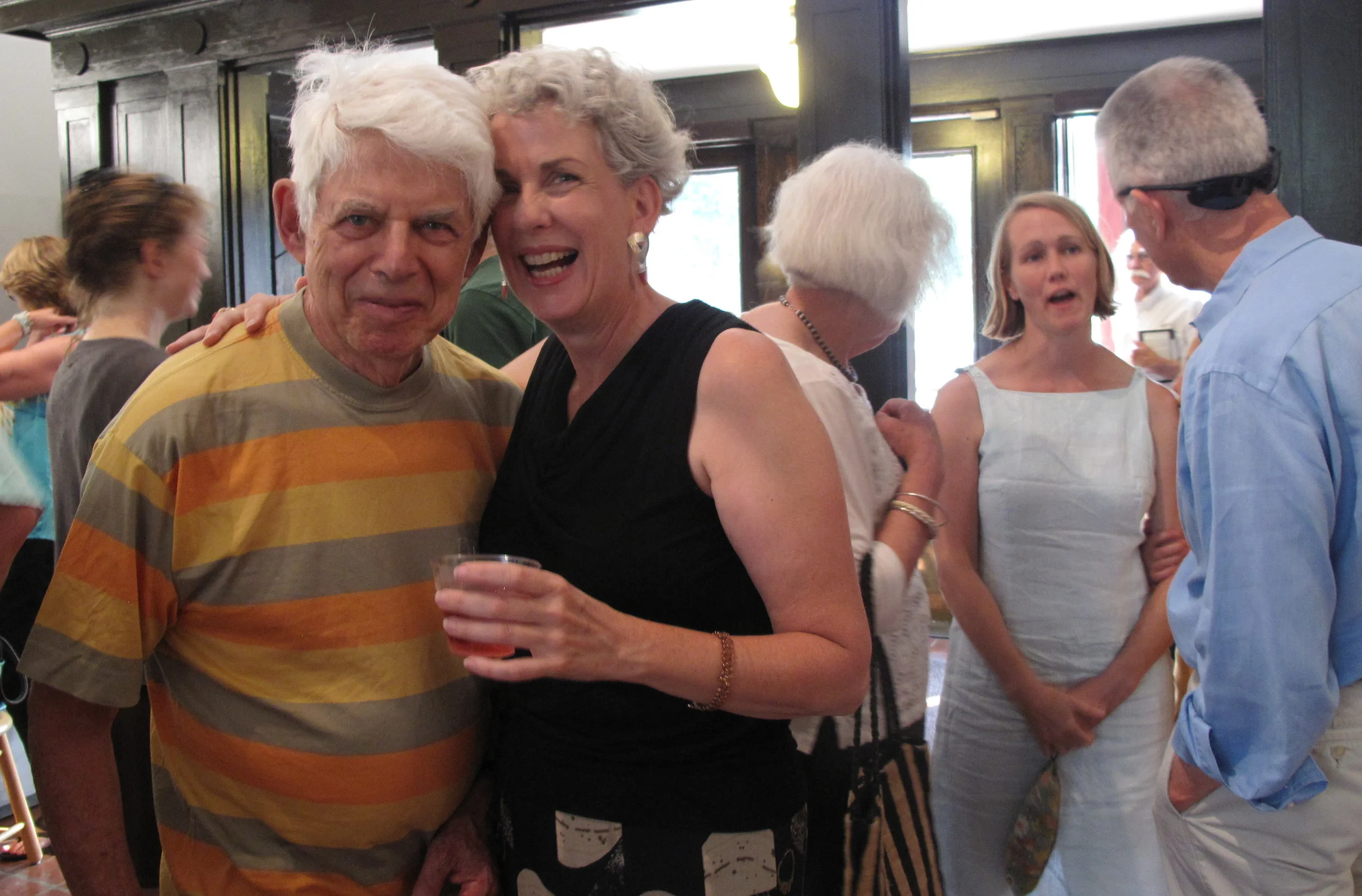Empowering People to Feel Curious
Kate Milliken joined the BMAC staff as an arts educator in early 2022 and recently became the museum’s Manager of Education Programs. Originally from southern New Hampshire, she moved to Vermont 15 years ago to join the ski patrol at Mount Snow. Along with her passion for art making and being around all kinds of creativity, she loves the outdoors and has a long history of leading groups of kids hiking, camping, and canoeing. Kate lives with her partner and young family in Marlboro, Vermont.
What kind of art do you make and appreciate?
I’m drawn to high energy abstract works. My own practice is a combination of collage and mixed-media. I really like using recycled or discarded materials. Because of my passion for the environment, I like to think about how we, as a community at large, can reimagine how we interact with things that seem to have an end to their life cycle but really don’t. I’m curious about the relationship between nature and man-made materials. I use old printed materials like sewing patterns, newspapers, and magazine advertisements to create natural landscape images.
What’s the most important part of art making to you?
Creative exploration is really what it’s about. When we say “art making,” there’s an end to the process. We’ll have some sort of thing to show for it. Creative exploration is more about letting ourselves, or anyone, freely explore materials and ideas and our own imaginations. That's more important to me than any end result. Creativity is a muscle and curiosity is the best way to strengthen it!
What is it like to work at BMAC?
I've worked with the museum for about a year and a half, and it still feels bonkers to me that we have this little jewel of contemporary art right in our town. I’ve had the privilege of the museum being on board with my ideas, which are totally in line with the museum’s mission to support and nurture creativity in our community. And even though the museum is a physical place, we try to be out in the community as much as we are inviting people into the actual building.
What does that look like?
We reach out to other people and organizations. We try to design programming that supports them and what they are working on. For example, we collaborated with the Rich Earth Institute on a project where we interviewed local farmers and incorporated printmaking: we learned about crops that farmers are passionate about and, through their words, we were able to connect folks to that passion through a printmaking activity. I’m also partnering with Groundworks to create space for the Groundworks community to have access to art making materials and members of our creative community. Plus, there are the many wonderful local classrooms that we are welcomed into, and then we invite students and teachers to visit the museum. After the isolation of the pandemic, everyone is reimagining ways to be together. It feels like doors are opening to more possibilities because of our experience of needing to be more creative about how we stay connected with each other.
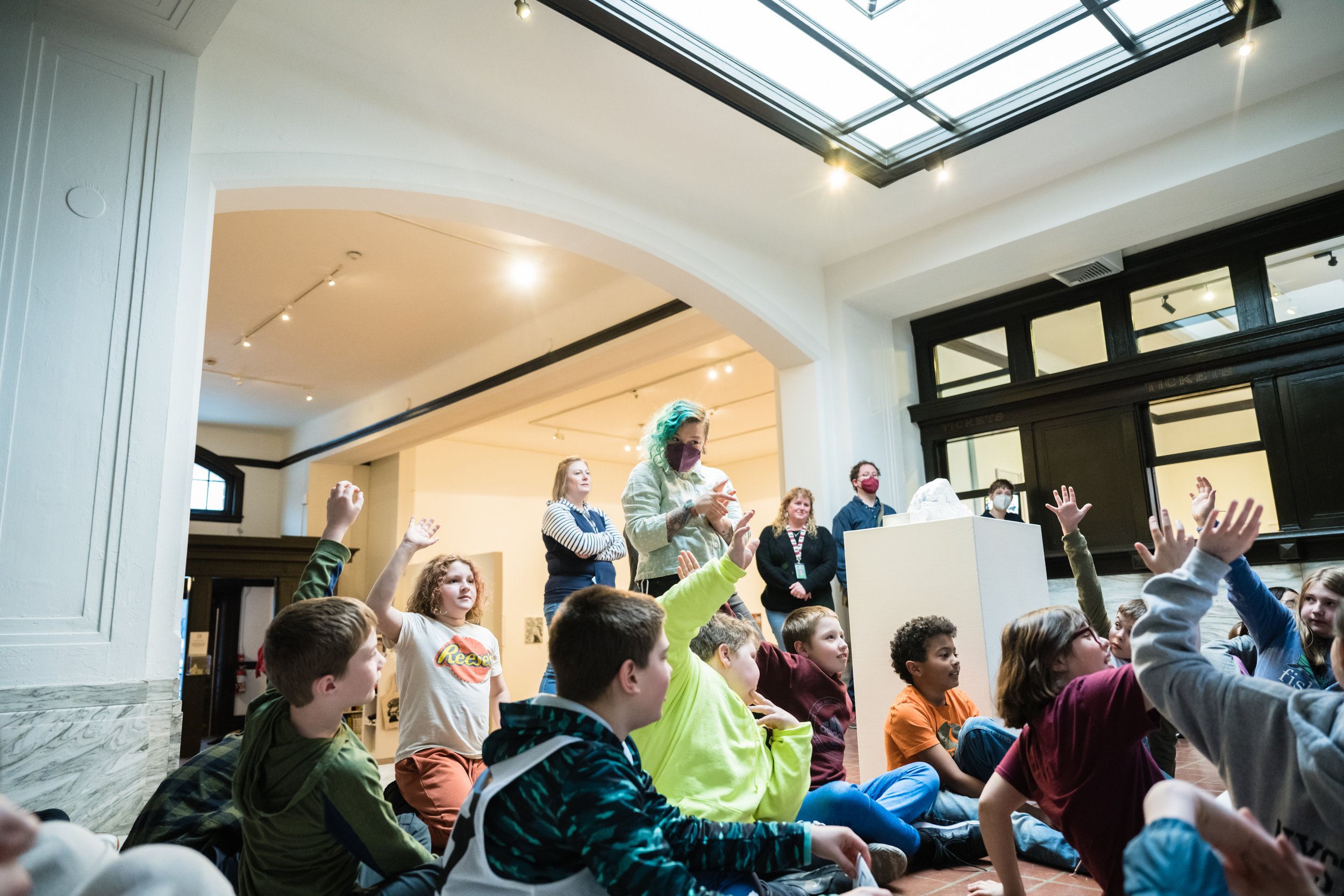
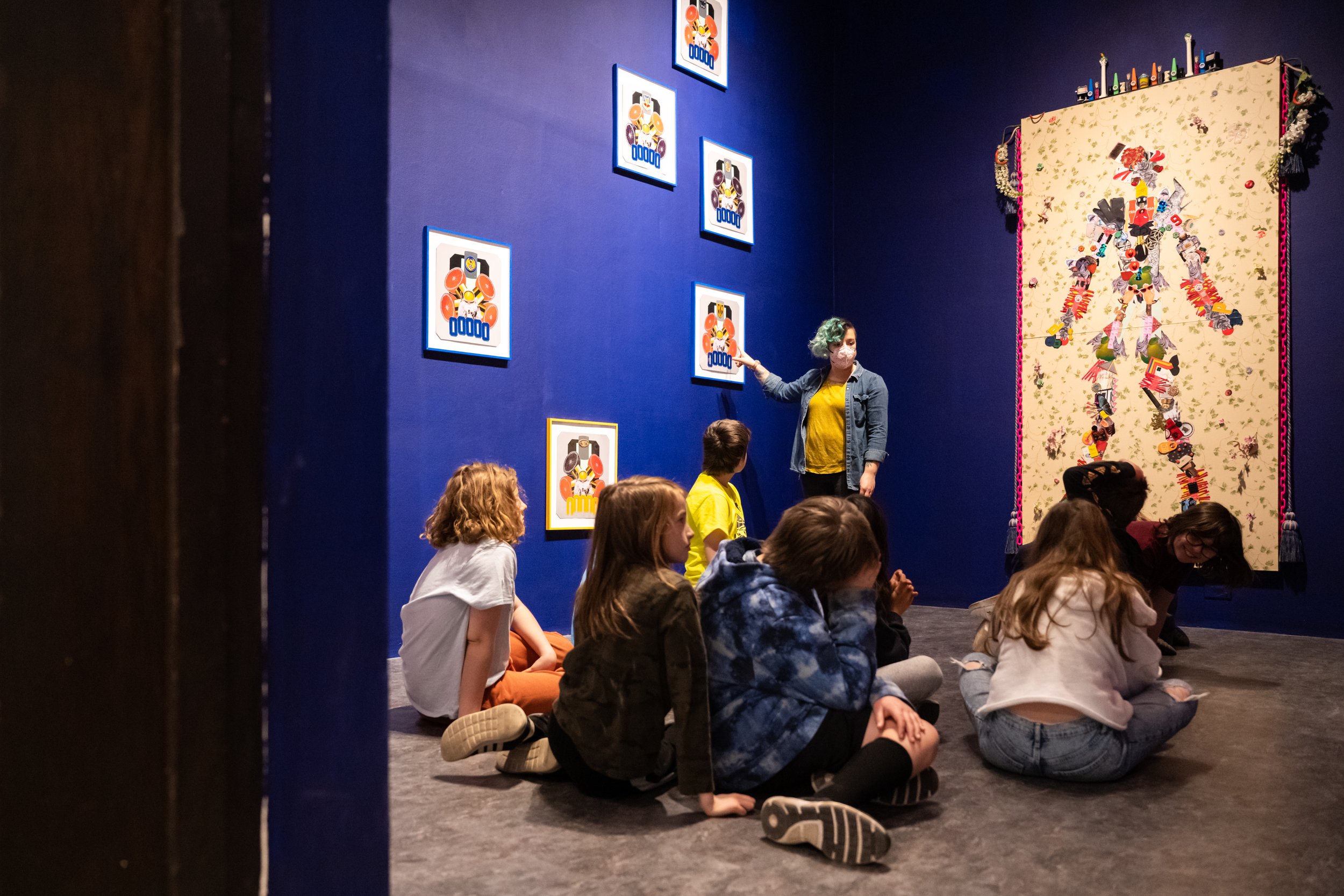
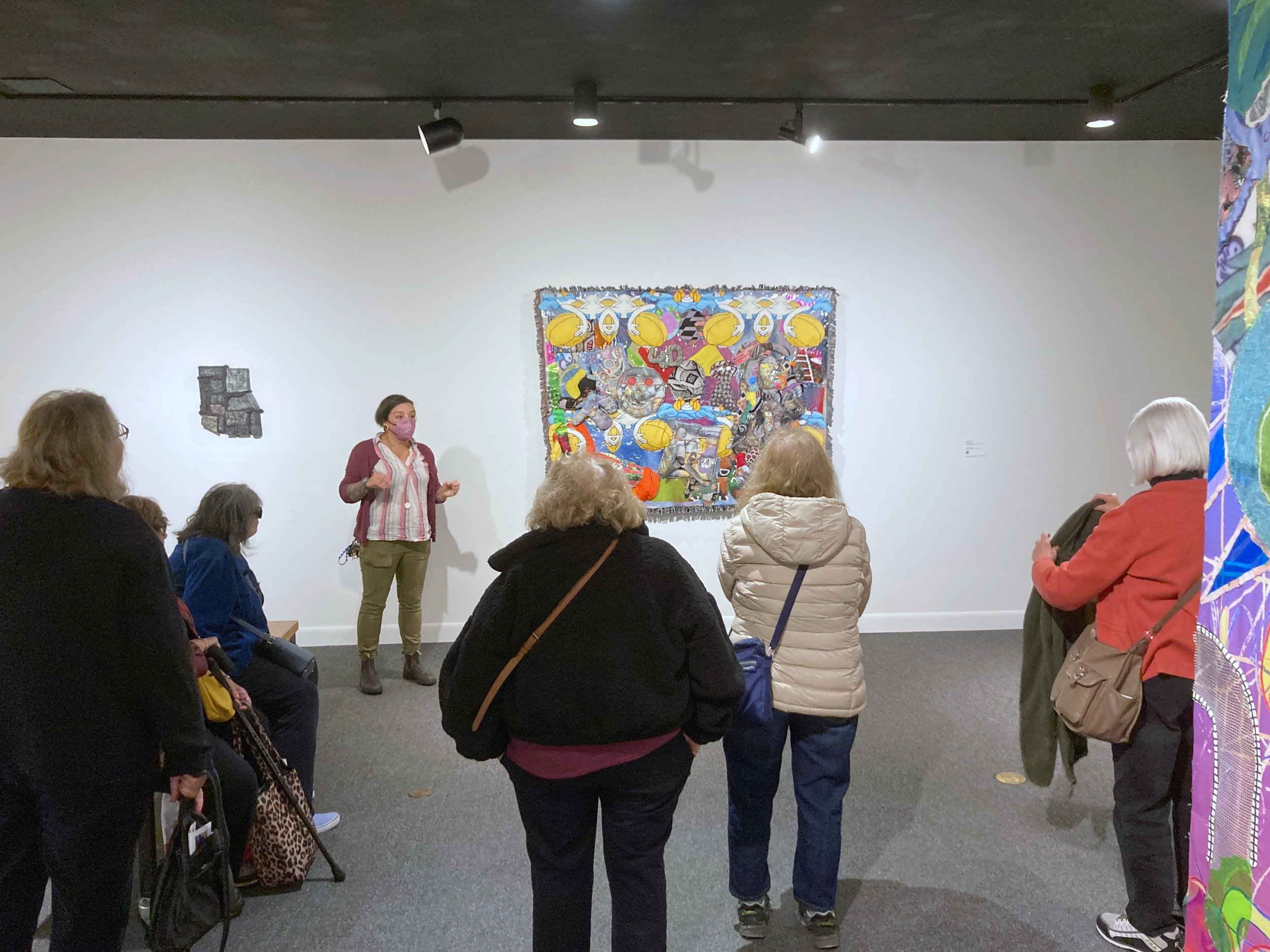
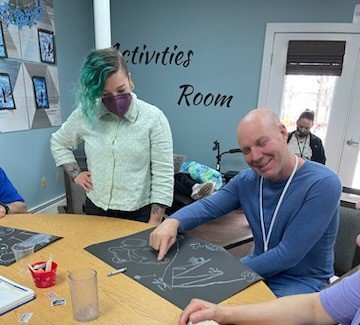
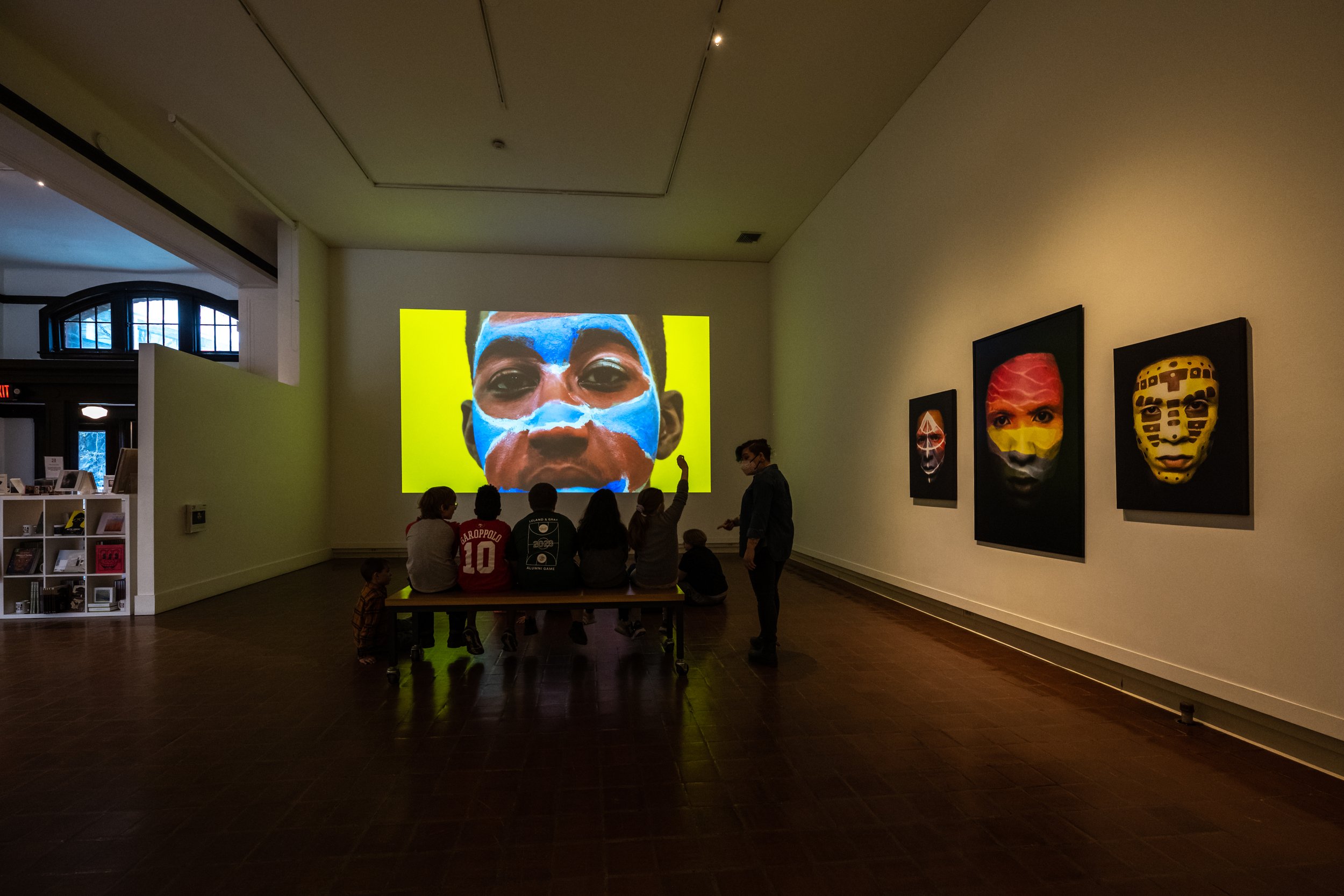

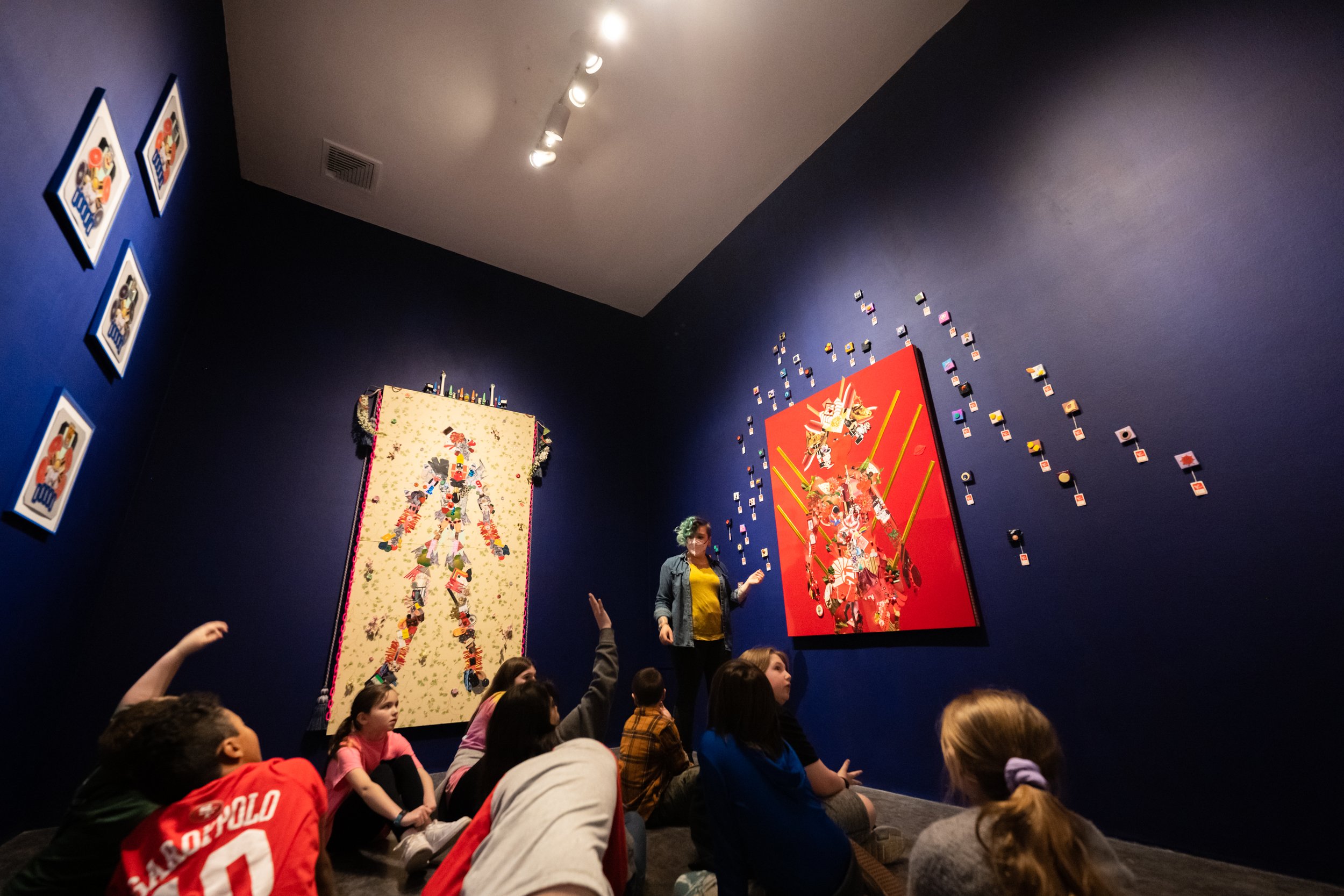
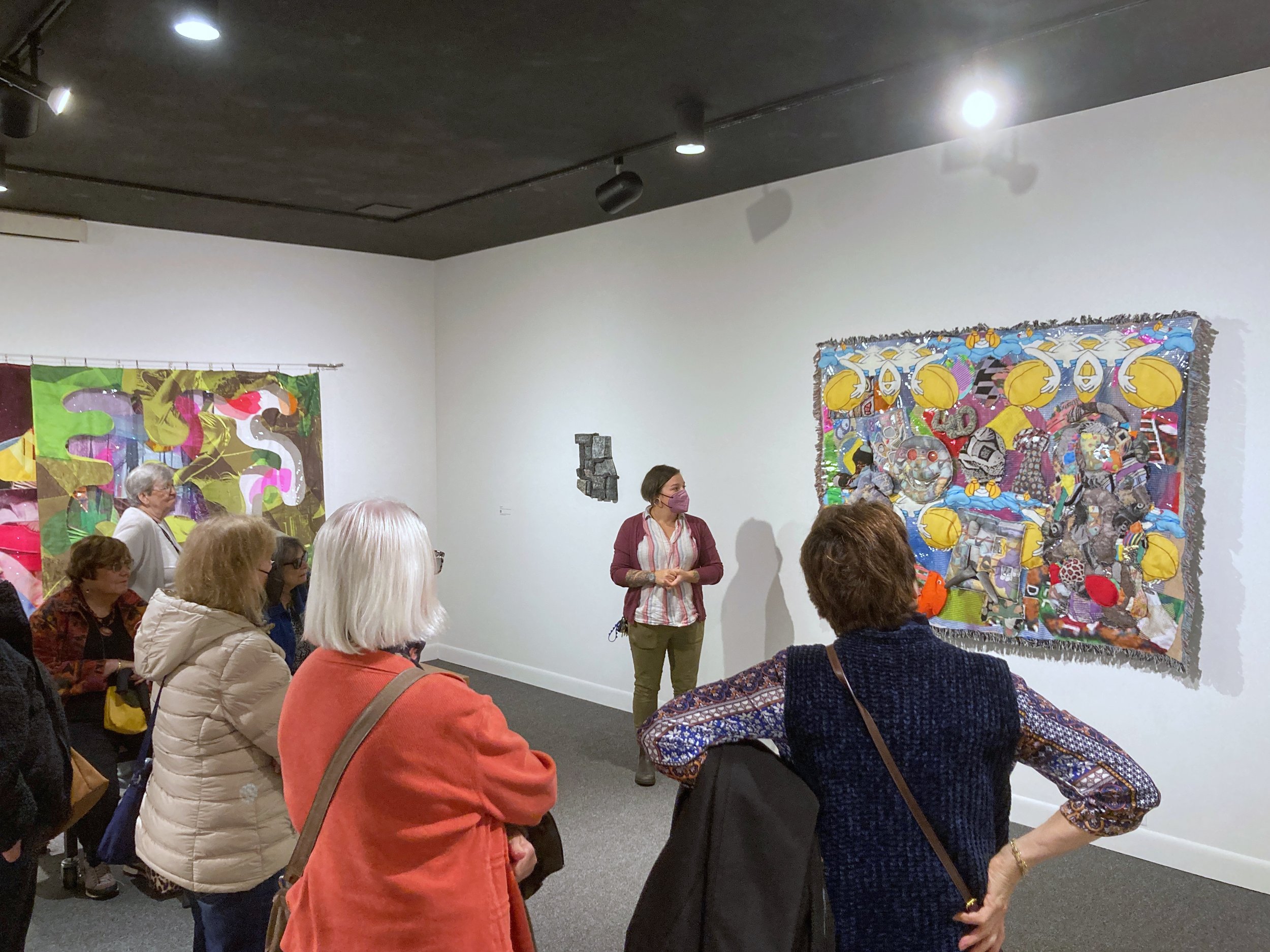
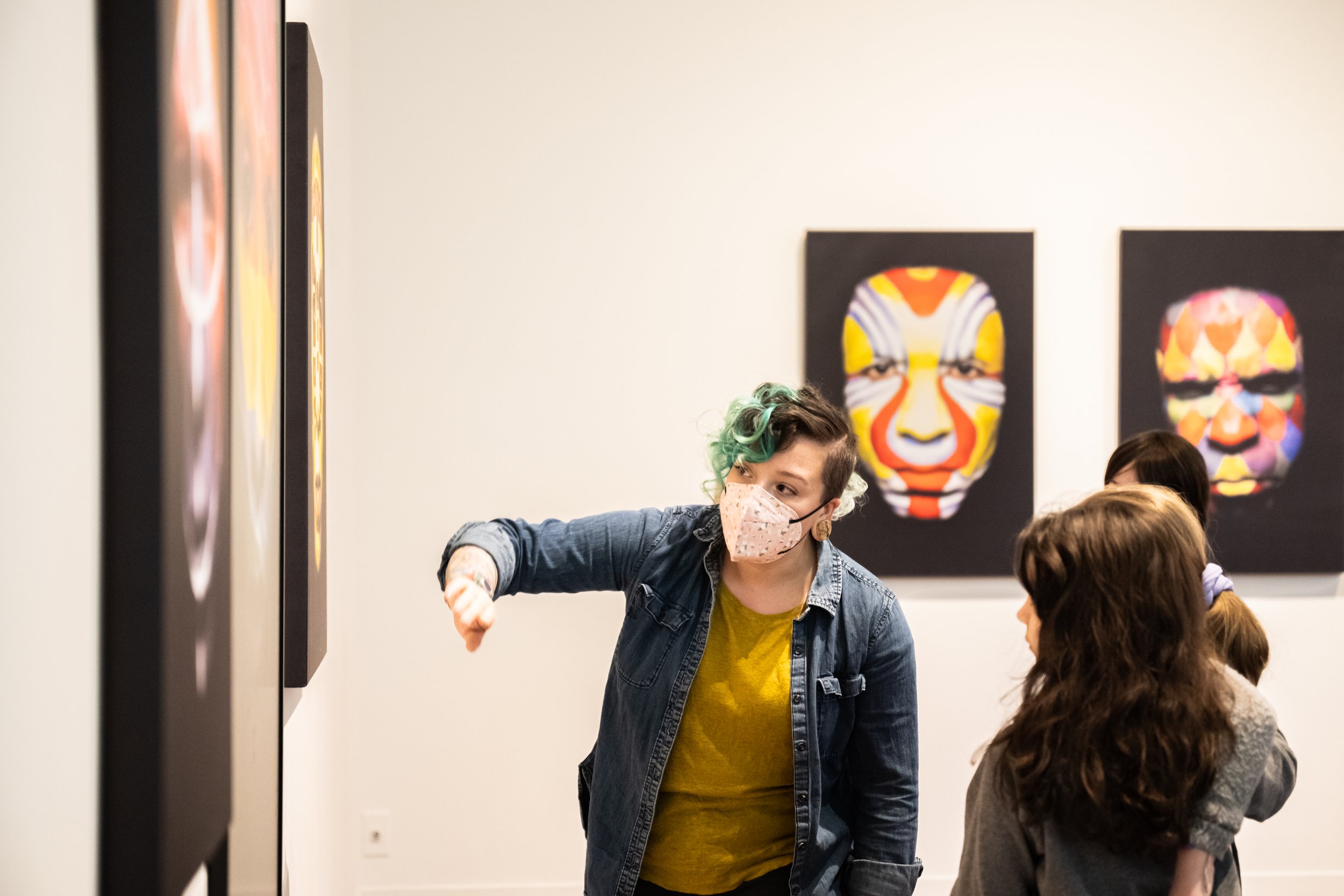

What onsite initiatives are you working on?
One thing is to create interactive opportunities, so that any time you come to the museum, you’re not just looking at art and being around art, but finding opportunities to ponder questions and go deeper, maybe even to try making art yourself. I’m always dreaming up curiosity prompts and activities. The museum has so many exhibits in a year, and that means there’s an incredible cache of possible materials and perspectives to explore. Like Art Costa’s cardboard sculptures in Sounds Deep, which is now open—I’m over the moon about the possibilities! I was just watching YouTube videos on safe ways for kids to cut cardboard. I hope to encourage visitors to imagine the creatures that live in the depths of the ocean, and provide the space and materials for them to explore what those creatures might look like and how they might move.
What do you want BMAC to be?
A place where we’re in awe. Where folks leave feeling excited, maybe even empowered to share their unique voice. Where we experience an exhibit and think, It’s so cool that humans can do these things! The art that’s curated and on display in a museum is like a snapshot, holding a moment in time. Looking at all the different perspectives of the world and the different ways that materials can be used—that’s how we find new innovations and allow creativity to continue to blossom. We have a responsibility to make sure the next generation feels seen and inspired to continue making art, which is the oldest way of documenting the human experience.

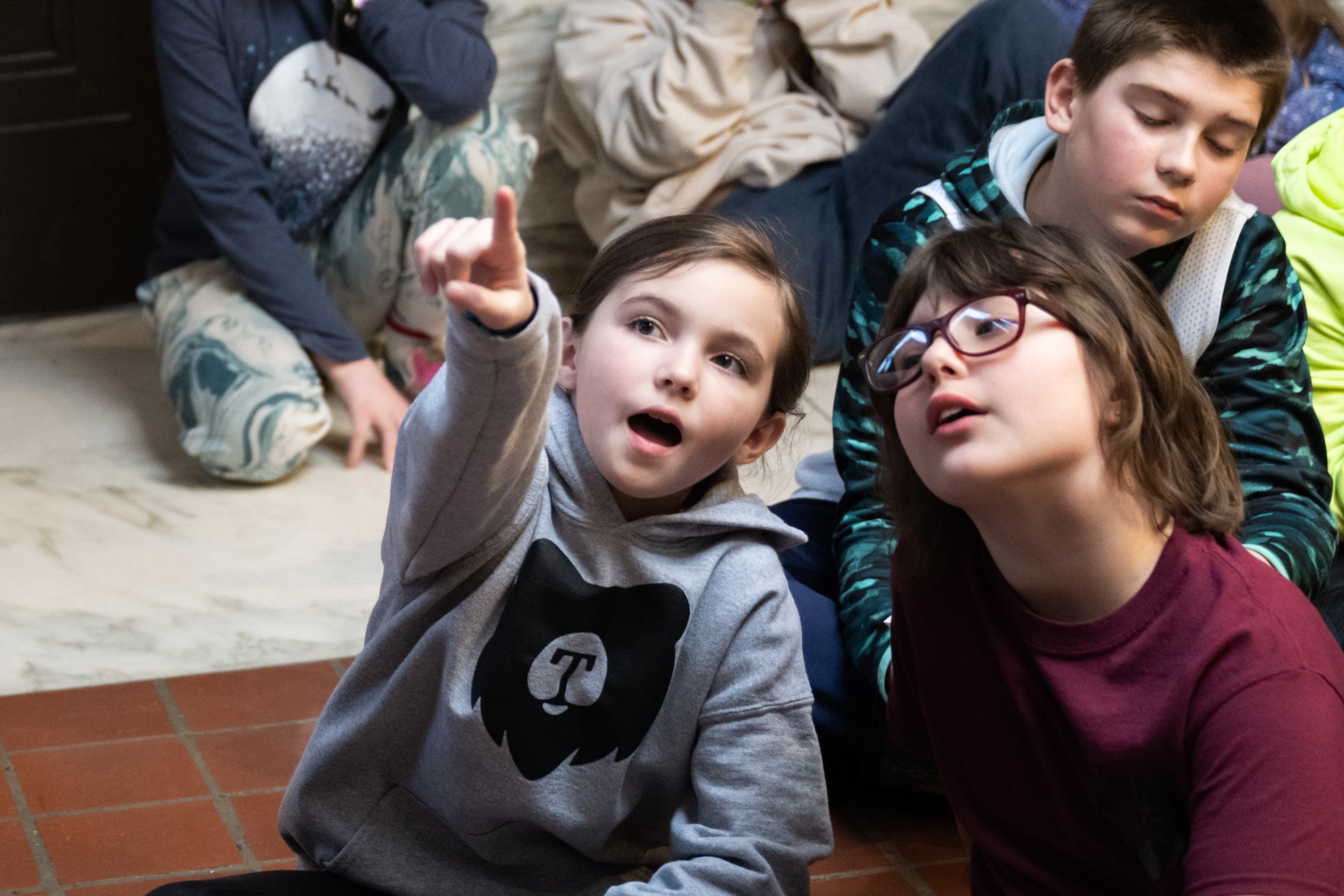
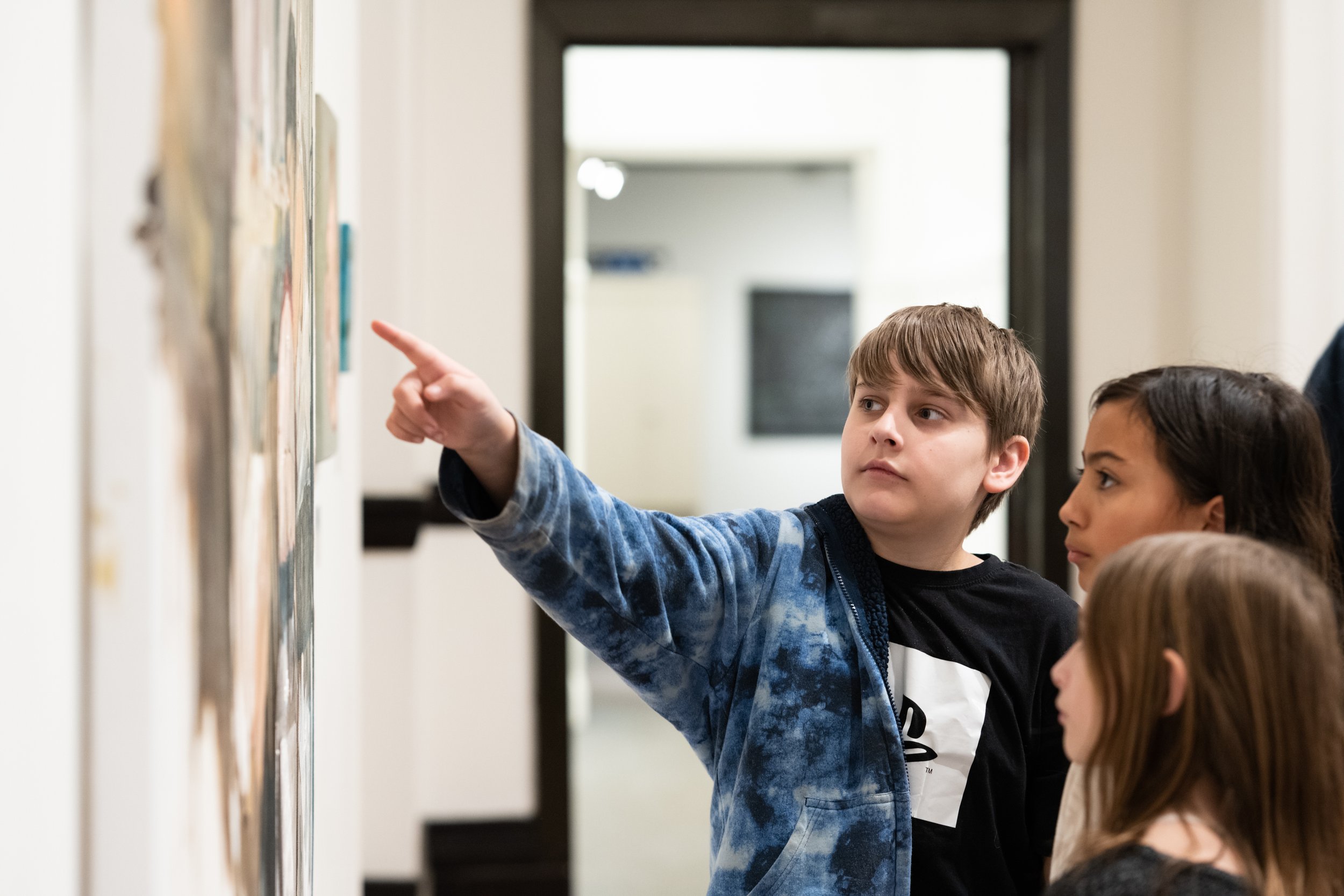


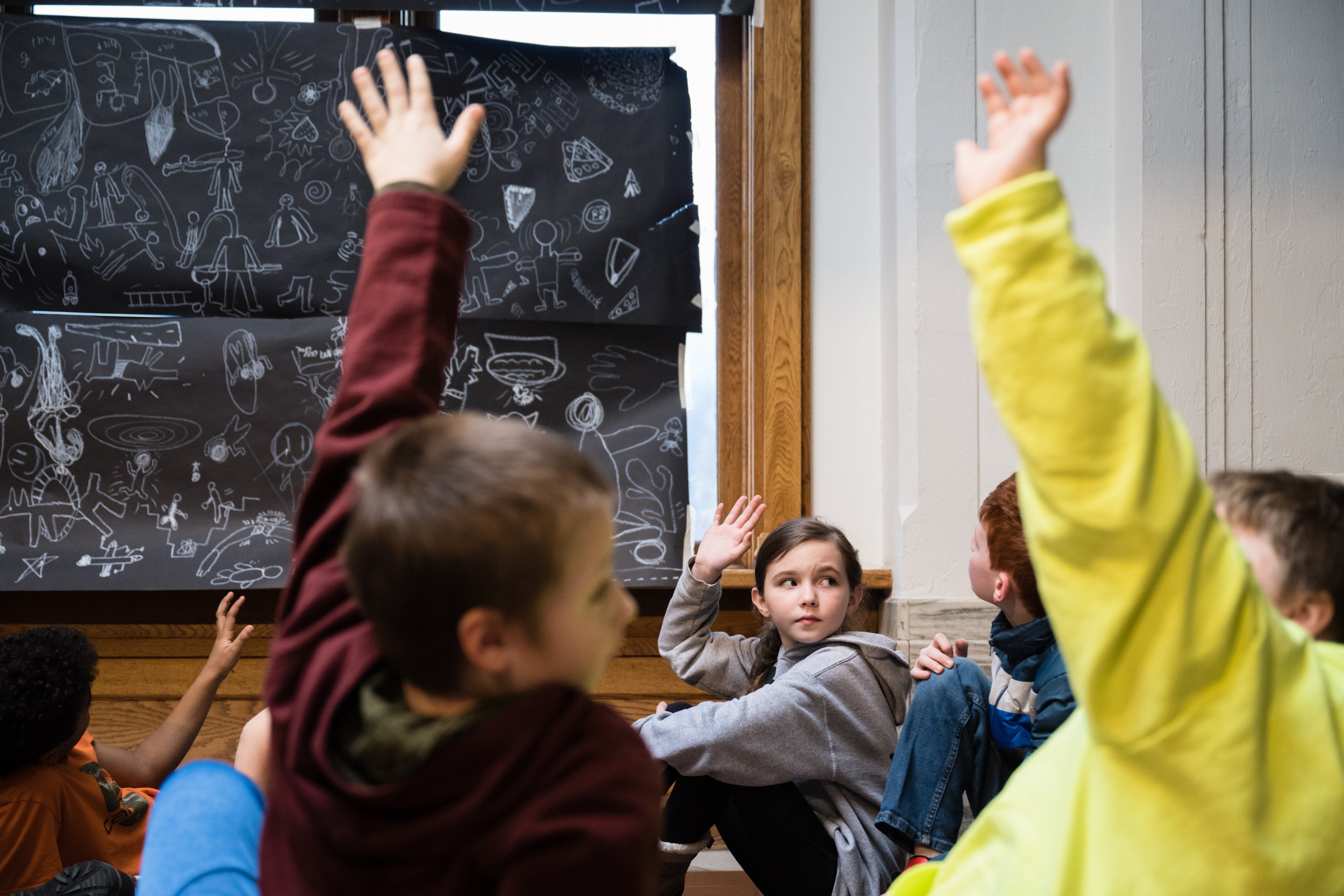
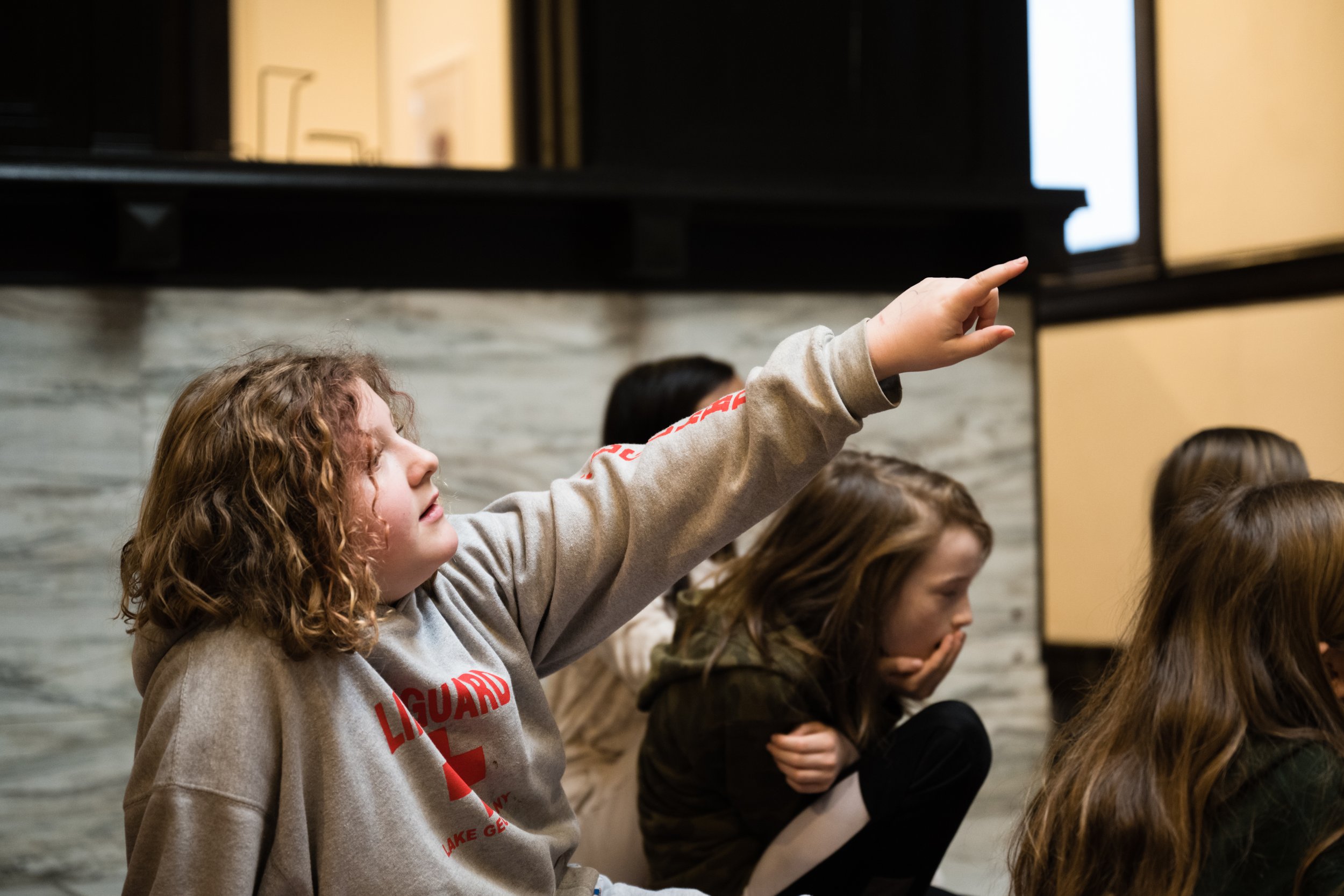
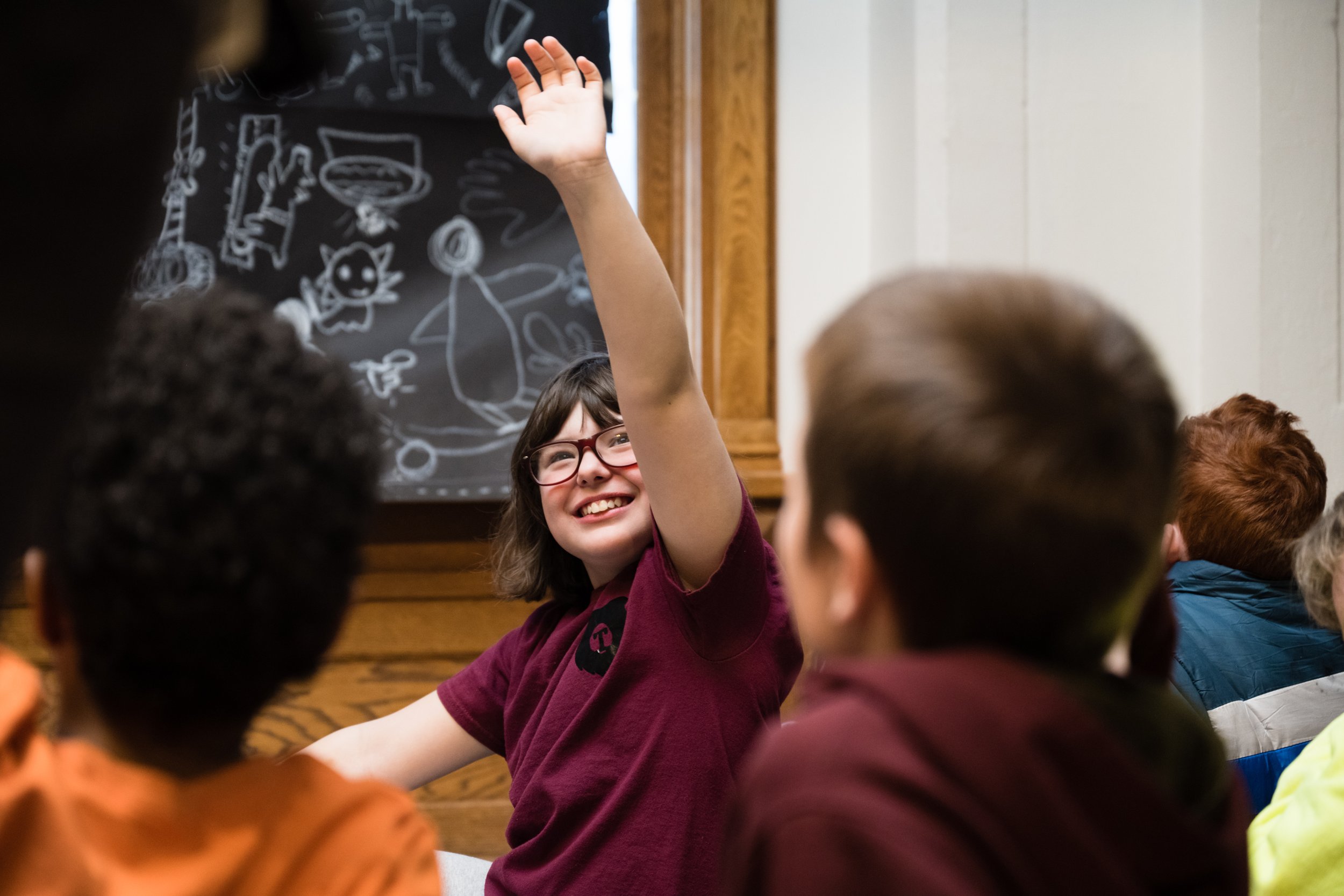

What’s your moonshot educational program idea for the museum?
You mean what’s on the dream shelf? To have a dedicated education space where we can host groups on a consistent basis—camp programs, after-school programs, community workshops, anything that allows as much of the community as possible to come and explore materials and be around art. I think back to the playgroups I did when my kids were little, and the parents would say, Oh, I could never do that, I have no idea how to do that. And I would say, Yes, you can. I want to empower people to feel curious, and for that to come into fruition through the museum.
Learn more about BMAC’s education programs—including Tots Explore the Museum, guided tours, and more—here.
Interested in booking a field trip or group visit at the museum?
Contact education@brattleboromuseum.org




